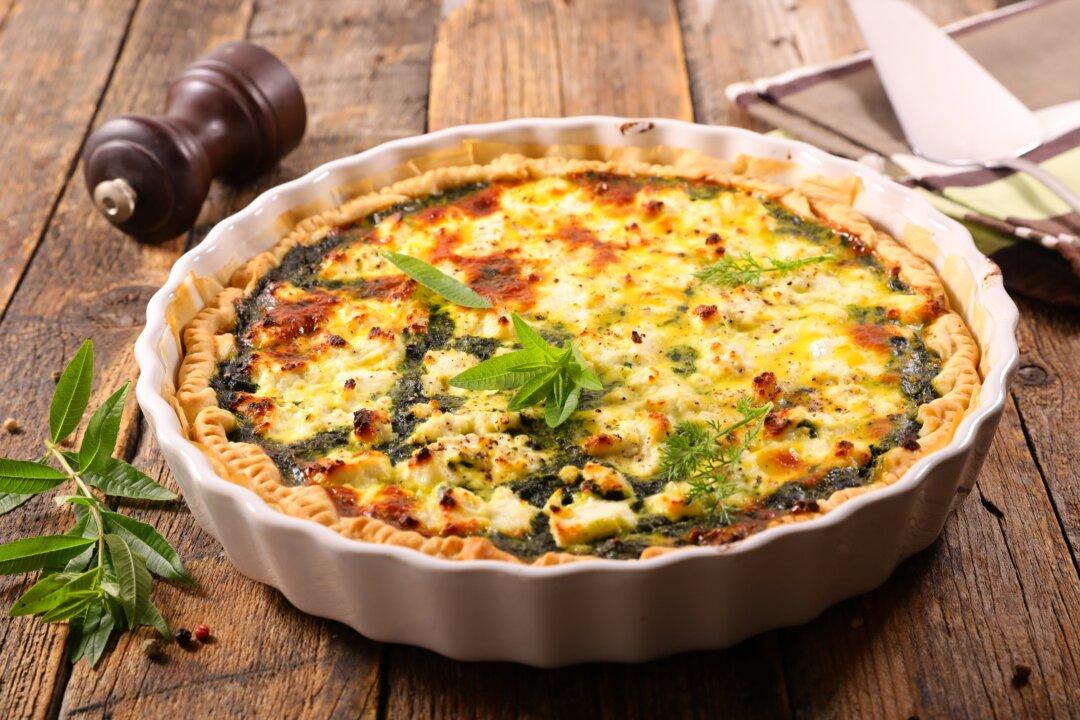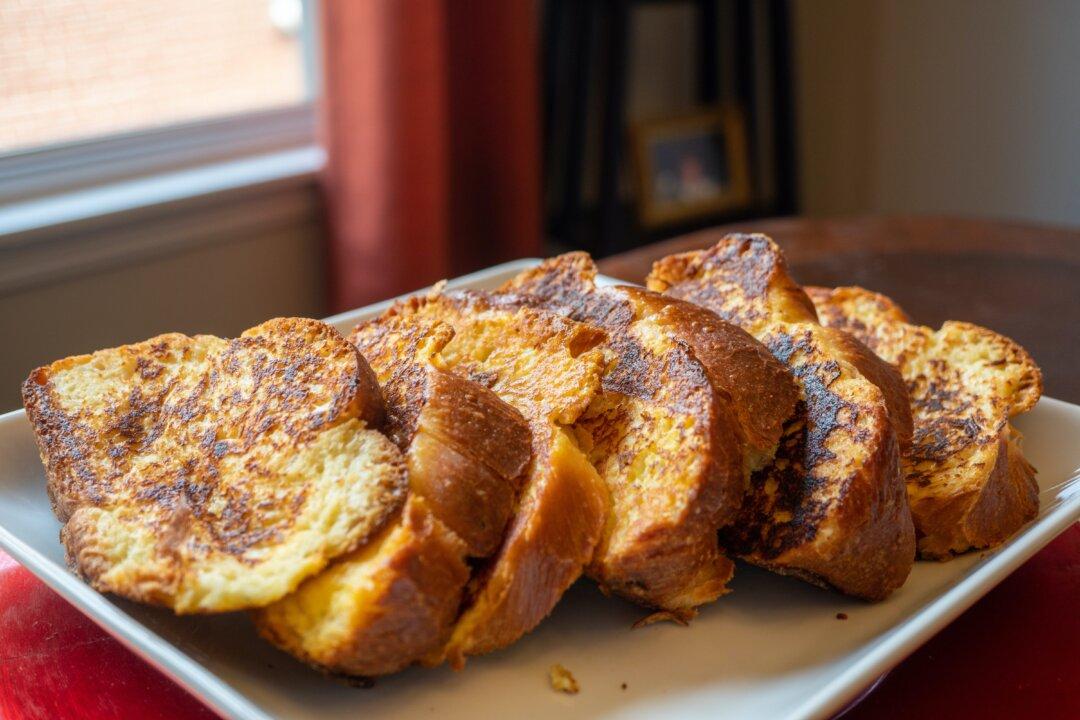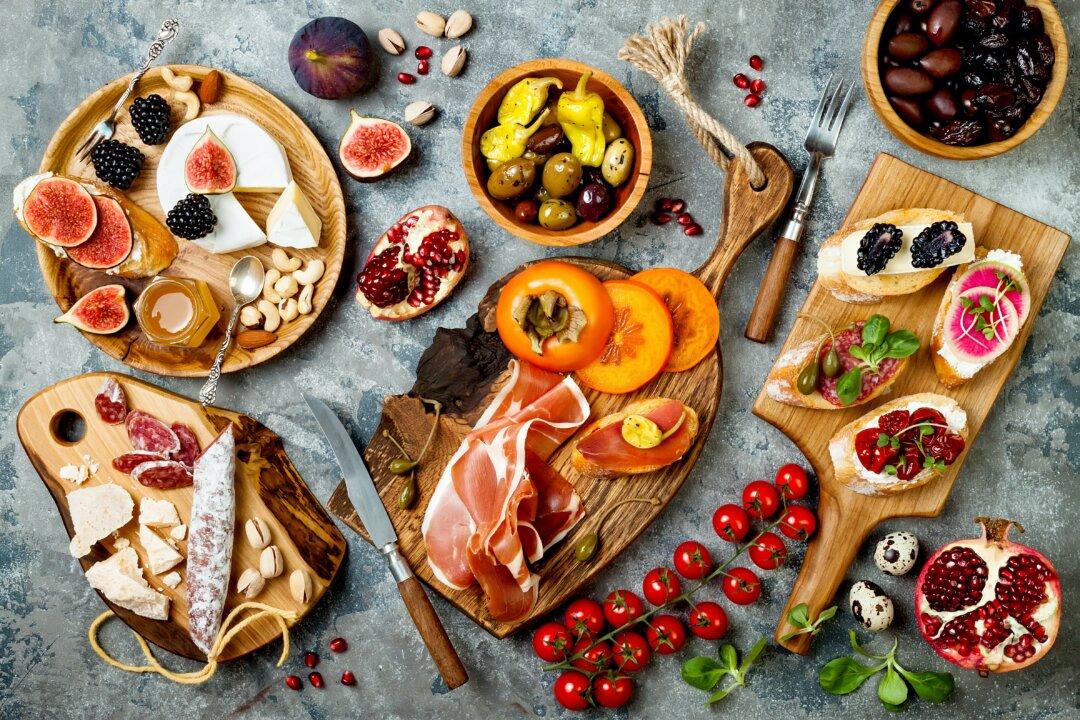Preparation: 3 hours | Cook-time: 1h50 minutes | 1 Pie
I love baking Quiches, especially on weekends – they are the perfect leftovers for the entire family. Like any quiche, this shouldn’t be served hot, right out of the oven. This is at its best warm, room-temperature, or cold. Add in a dressed salad, and you’ve got dinner. Or breakfast or lunch or brunch. While the final result may have a sense of effortlessness, it does, in fact, take a bit of effort to achieve that je ne sais quoi.






